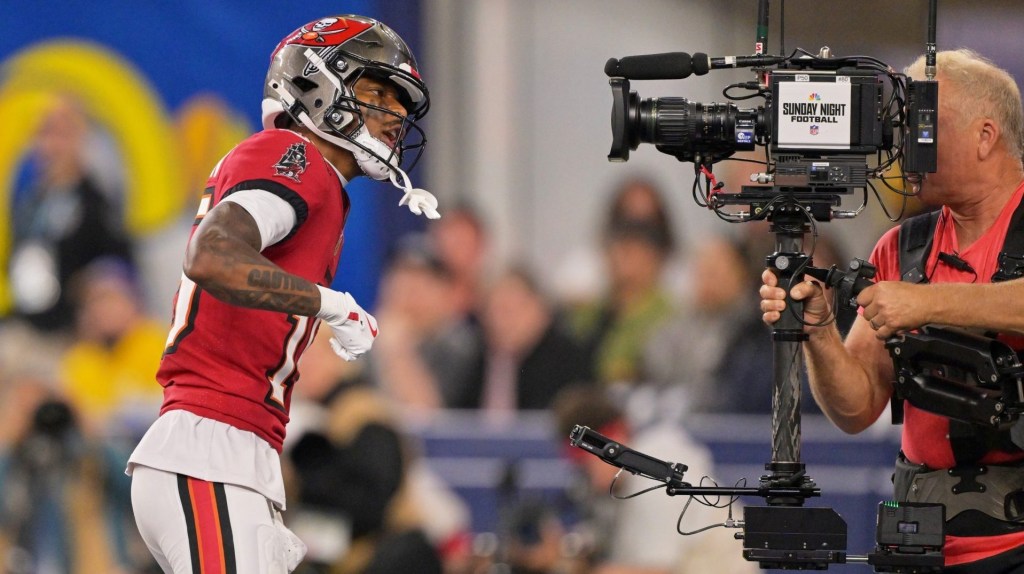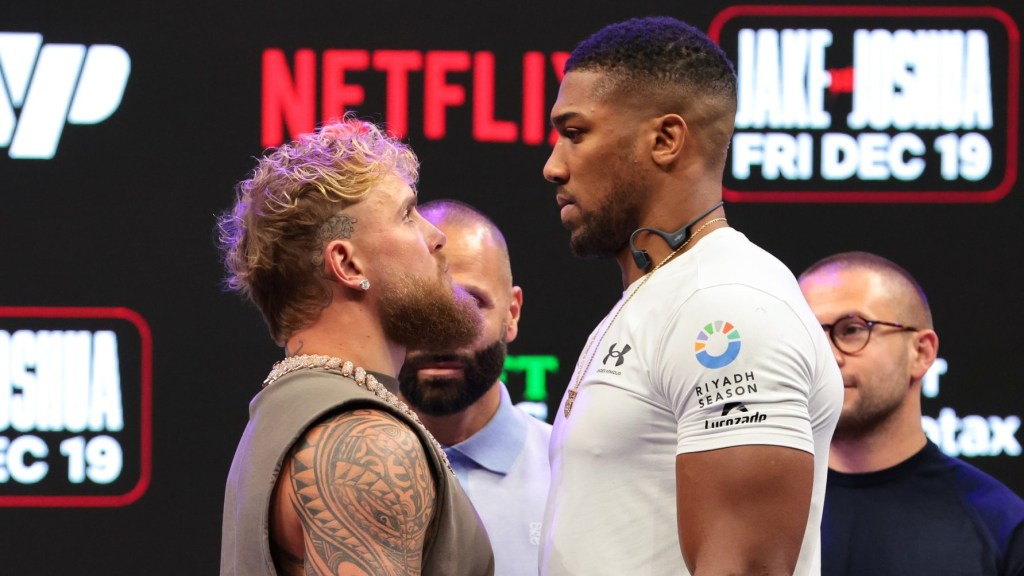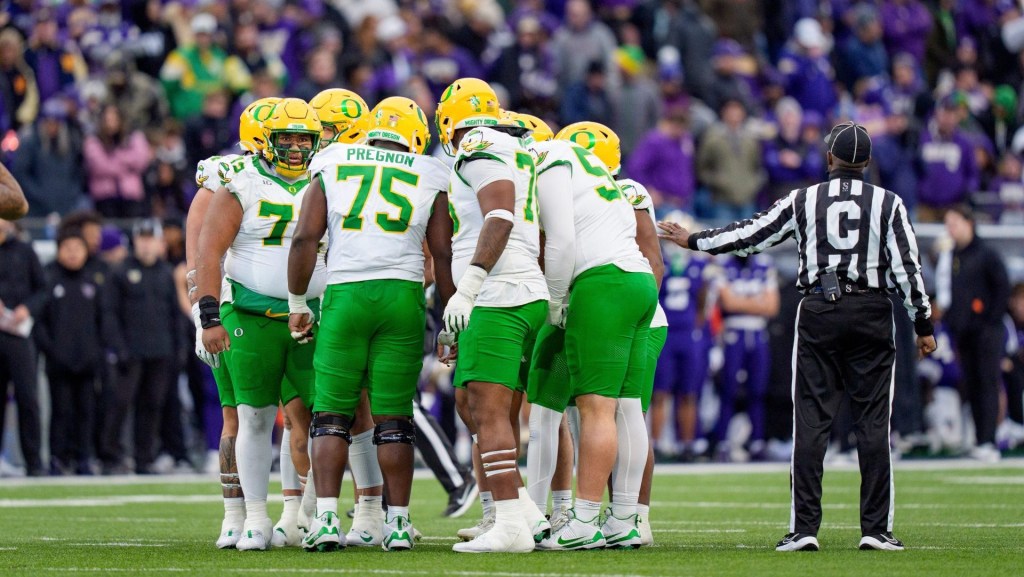The next big wave in television audience measurement is beginning in earnest and is poised to deliver another sizable jolt to sports programming.
Nielsen received accreditation in January for its new Big Data + Panel measurement, a method that combines viewership data from set-top boxes and smart TVs with the company’s usual panel-based tabulation. As each of the major broadcast networks and streaming services this spring hold their upfronts for the forthcoming year—with sports content standing at the center of many of them—the expanding methodology will be a focal point as it becomes more established.
“This year, as part of the upfronts and going forward, we pretty much know that all our clients will be using Big Data + Panel for the upcoming [television] season,” Nielsen CEO Karthik Rao said Thursday. “It’s such a massive change in measurement, at scale.”
Sports programming dominates the entire U.S. media landscape, and this new measurement will, in many instances, produce bigger audience totals. For the NFL in particular, the league delivered 70 of the top 100 broadcasts across all genres in 2024, and the league has publicly cheered the introduction of Big Data + Panel, calling it a move to “modernize measurement.”
Amazon has been among the early adopters of Big Data + Panel, and said its 2024 audience for Thursday Night Football with it amounted to an average viewership of 14.2 million, 8% higher than the traditional, panel-based audience count of 13.2 million. The methodology was also the basis of an expanded unique reach of 182.8 million for February’s Super Bowl LIX, which built on the game’s record-setting average audience of 127.7 million.
Those types of lifts are likely to be frequently seen as Big Data + Panel could become the industry standard in short order.
Other networks, however, will need to agree to use Big Data + Panel. Among the issues Nielsen is currently working through is reducing the turnaround time for reporting results. The enhanced numbers typically take several days to tabulate for each broadcast as the company ingests the additional data sources. Efforts are underway to reduce that to around one day, similar to how quickly traditional viewership totals now arrive.
Out of Home, In the Count
Big Data + Panel, meanwhile, supplements the newly expanded methodology for counting out-of-home television audiences, with Nielsen adding in harder-to-reach rural areas earlier this year. That also benefits sports in a disproportionate way, given the communal viewing inherent to live games, particularly major ones.
“Affinity to a team often outweighs the size of the market, and that’s where you often see the big benefit,” said Nielsen SVP Brian Fuhrer. “For markets that were not measured before [in out-of-home tabulations], they’re there now and it’s where you saw the big bumps. And teams that are popular in those markets really saw the lift. But it’s just a better view of the market overall.”

















